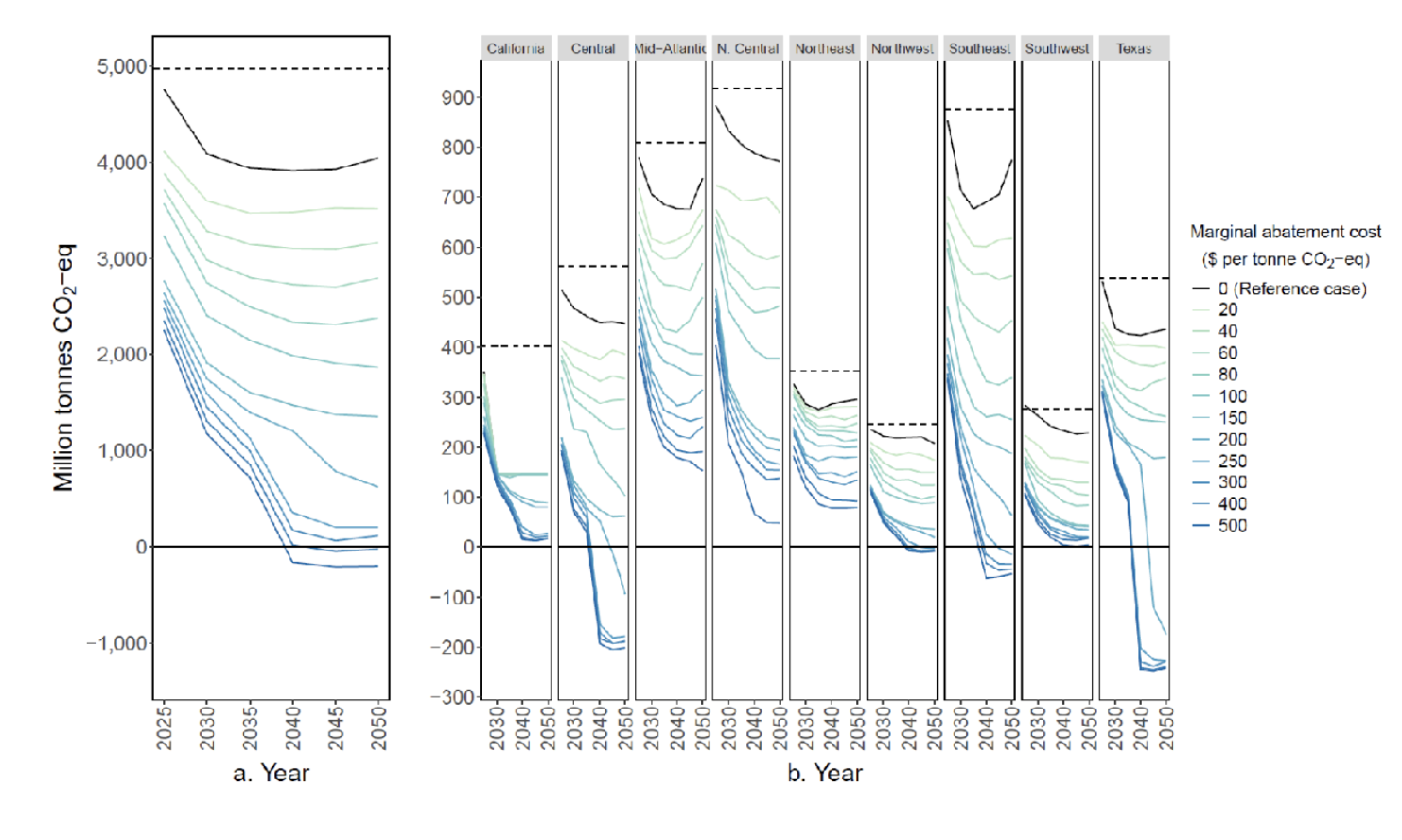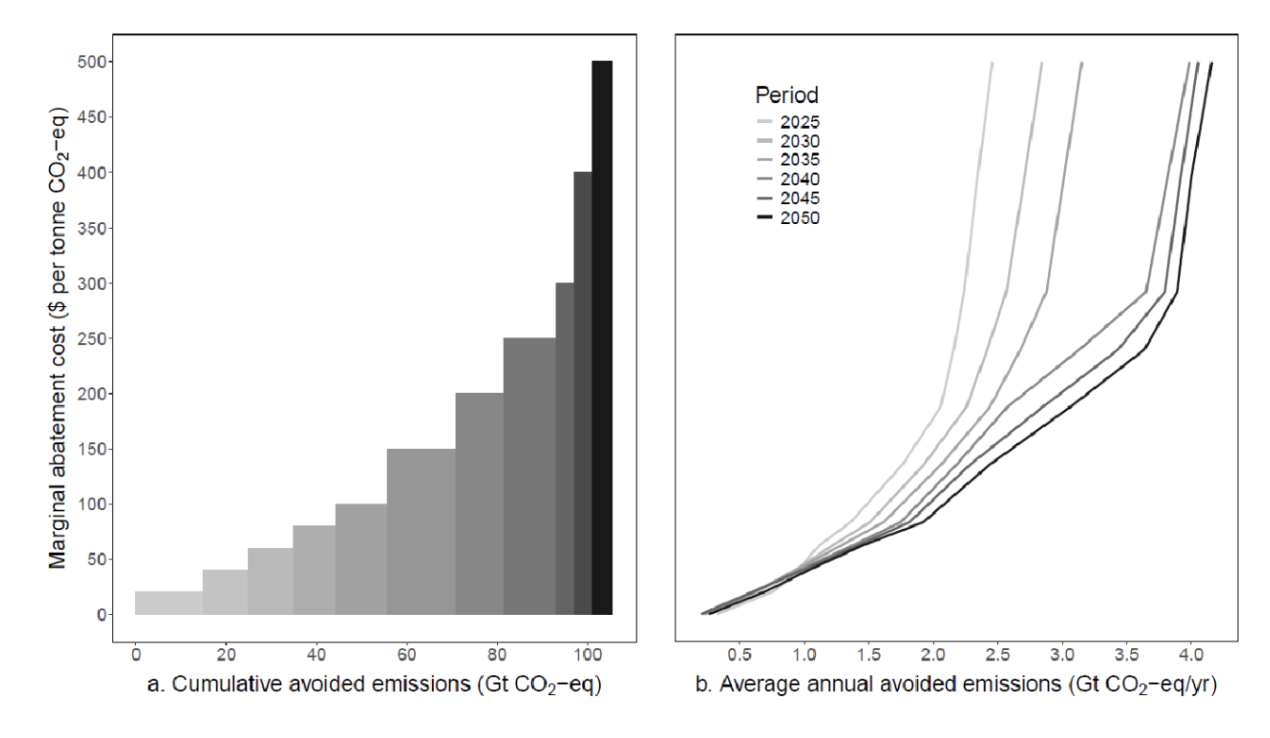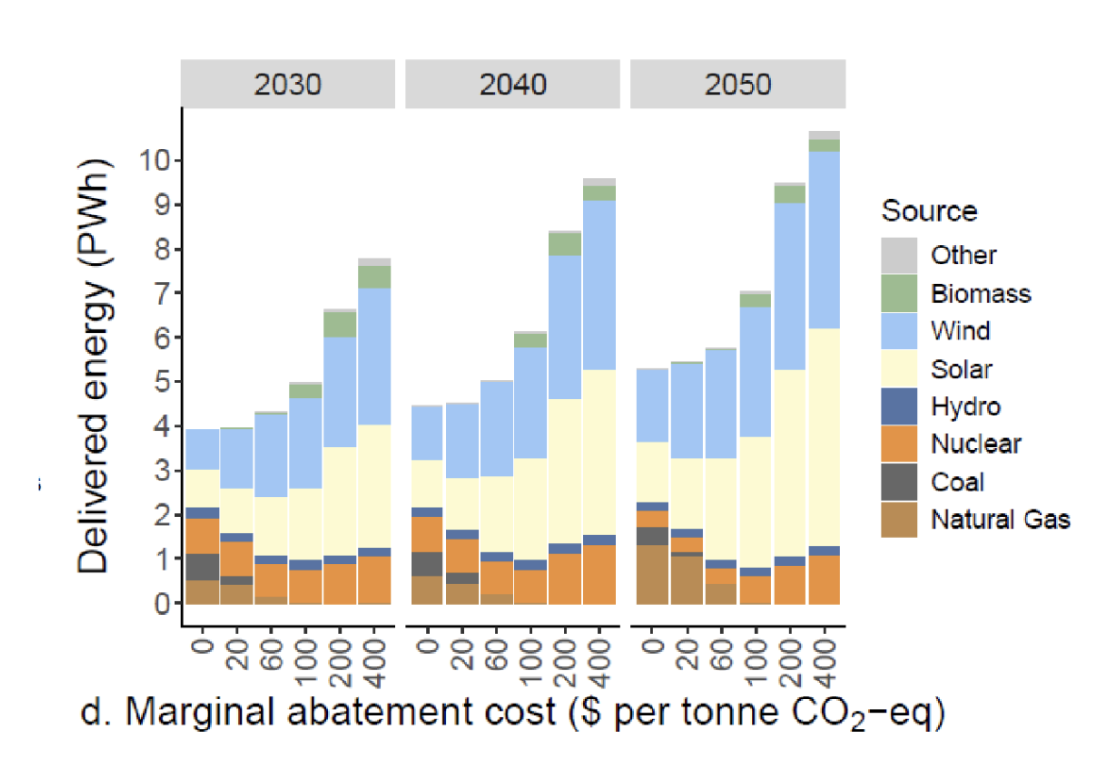You can’t just do one thing (when it comes to decarbonization)
By Jeremiah X. Johnson, NC State University
Systems thinkers have long recognized that “you can’t just do one thing.” Savvy transportation planners will quickly ask, “What about induced demand?” when folks suggest expanding the highway. Public health experts caution that antibiotic overuse leads to antimicrobial resistance. And parents of young children will know that if you give a mouse a cookie, it’s going to want a glass of milk to go with it. Everything is, in fact, connected. When you act within a system, that system will respond.
This same logic applies when estimating the cost of reducing greenhouse gas emissions. While some analyses have quantified the cost of various abatement options in isolation to identify those that are least cost, this approach fails to reflect the interdependencies of our energy system. You can add solar power to displace coal generation and estimate the avoided emissions and costs, or deploy a fleet of electric vehicles to replace gasoline cars and calculate the same metrics. However, these actions are interconnected—adding solar affects the grid mix that powers EVs, and widespread EV adoption changes electricity demand. To fully understand the emissions reductions and cost impacts, you must consider the entire system’s response rather than evaluating each action in isolation.
Through an interdisciplinary collaboration including engineers and economists, we recently tackled this issue using a detailed technology-rich energy system optimization model to estimate the marginal abatement costs of reducing emissions in the United States. Through this systems-based approach, we estimated the emissions reductions we would achieve at increasing abatement costs, while identifying the technologies deployed at each stage. Figure 1 shows these emissions trajectories for the nation as a whole (left), as well as regional emissions (right). Each line represents one marginal abatement cost applied consistently over time, showing that higher costs on emissions lead to lower emissions, as expected.

A few things jump out to me. Some emissions cuts are basically free. Relative to 2020 emissions level (shown as the dashed lines), our reference case shows a drop in CO2-eq emission of about 19% by 2050. Why? Because cleaner technologies are cheap and cost competitive on their own. There are many solar and wind projects that are being built today to reduce costs. We also see that $40 per ton CO2-eq gets us pretty far, cutting emissions by 36% by 2050, while ramping up wind and solar generation and making some headway in electrifying space heating and transportation. At $100 per ton, we’re entering deep decarbonization territory, with a 63% drop in emissions, coal almost entirely out of the picture, substantial reductions in the industrial sector, and more widespread electrification. But getting to net-zero is tough and occurs at costs near $400 per ton. Displacing those last emissions from industry, aviation, and buildings requires higher-cost carbon management solutions including like direct air capture.
We see that under these various emissions abatement future, not all regions are created equal. Texas, the Southeast, and the Central United States (think: Great Plains states) are prime spots for either geological storage of carbon dioxide or bioenergy growth – options that may play important roles in achieving the final step to net-zero. Meanwhile, regions like the Mid-Atlantic and Northeast have a harder time fully decarbonizing, with persistent emissions in sectors including residential space heating.

Figure 2 shows a different view of these results, with cumulative 30-year emissions reductions under increasing marginal abatement costs (left) and annual snapshots (right). Again, we see that as emissions costs increase, there are diminishing returns in avoided emissions, illustrating that emissions abatement is increasingly costly as the energy system decarbonizes. However, the emissions avoided at a given cost varies substantially over time. The mitigation achieved under lower costs doesn’t drop much over time, with mature mitigation options dominating. However, higher abatement costs drive the adoption of emerging technologies like direct air capture and some industrial decarbonization. As these technologies improve, there is greater opportunity for cost reductions, resulting in great emissions reductions at comparable costs in later years.
Our modeling approach did not assume fixed electrification rates for applications like heat pumps and EV adoption; instead, these choices were optimized within the model. We found that electrification plays a major role in decarbonization, and at a carbon price of $400 per ton—sufficient to achieve net-zero emissions by 2050—U.S. electricity generation more than doubles compared to today (see Figure 3). This shift is largely driven by transportation and industry moving away from direct fossil fuel use, while in the baseline scenario without a carbon price, electricity demand grows much more slowly. Solar and wind generation expand at all abatement costs, but their growth is dramatic when net-zero emissions is achieved. Without a carbon price, natural gas generation actually increases over time, whereas higher emissions costs drive greater reliance on biomass as a dispatchable alternative. The sharp rise in electricity demand underscores the importance of modeling end-use technology adoption and system-wide interactions.

Figure 3: Power generation at different marginal abatement costs.
Decarbonizing our energy system reinforces the idea that "you can't just do one thing" in two important ways. First, no single mitigation strategy is enough—we need a diverse portfolio of solutions, from renewables and electrification to carbon management and efficiency improvements, to achieve deep emissions cuts. Second, every action we take influences the broader system, triggering responses that shape costs, energy demand, and technology adoption. Ignoring these interdependencies risks overlooking unintended consequences or missing more effective pathways. A holistic, systems-based approach is essential to crafting strategies that are both impactful and resilient.
This work was recently published in Environmental Research: Energy, available as an open access article with much more detailed results.
The research was conducted by Johnson and Michael Blackhurst, Aranya Venkatesh, Aditya Sinha, Katherine Jordan, Nicholas Z Muller, Cameron Wade, and Paulina Jaramillo.